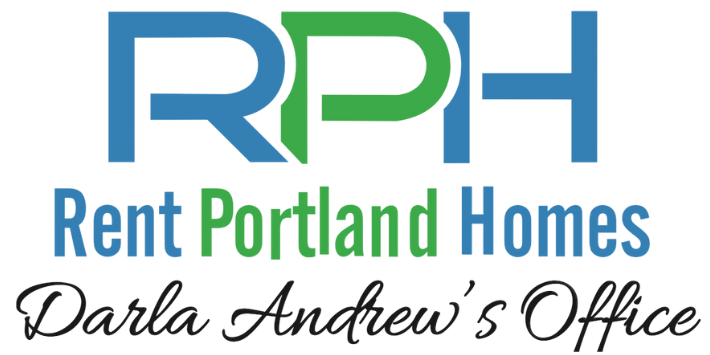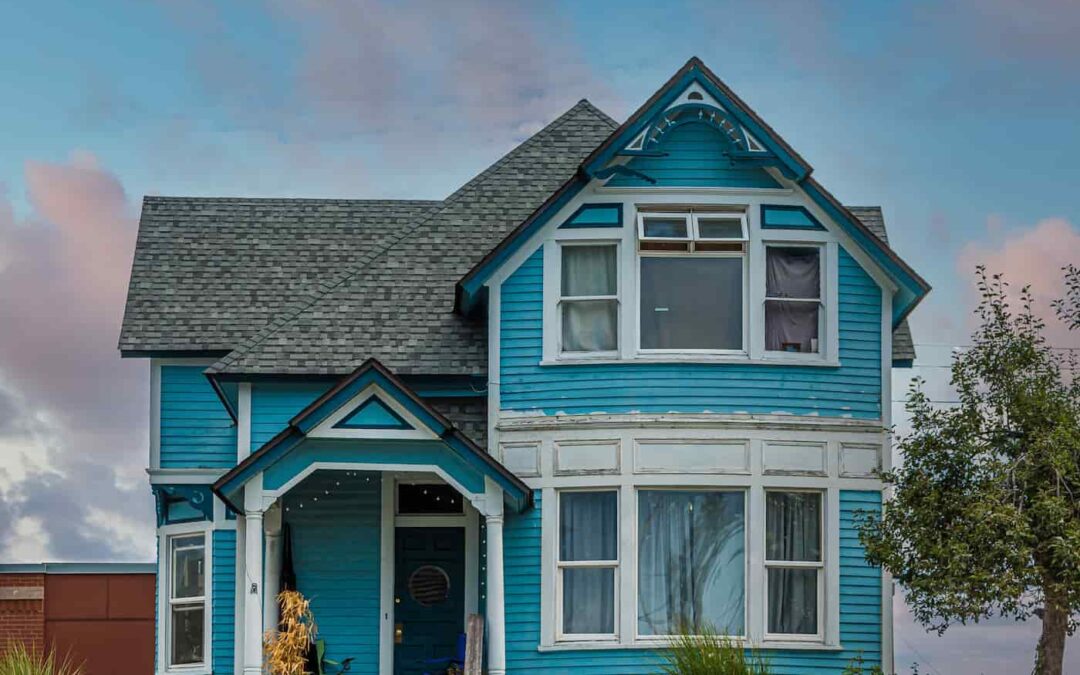Many of Portland’s neighborhoods have existed for over a century, with stately older houses, tall trees, and those classic rings in the sidewalk where people once tied up their horses. Owning an older home comes with charm, history, and unique architectural features that modern homes often lack. But it also comes with unique challenges. Lead paint, asbestos, and mold are sadly common in houses built in previous eras, and they absolutely must be addressed to ensure the safety of your tenants and compliance with local and federal regulations.
The Hazards of Lead-Based Paint in Rental Properties
Houses built or painted before 1978 commonly used lead paint until it was banned for residential use in the U.S. due to its severe health risks. Lead is a toxic metal that can cause major health problems, especially in children, pregnant women, and pets.
Exposure to lead-based paint occurs primarily through ingestion or inhalation of lead dust, which can be created when old paint deteriorates, chips, or is disturbed, like during a renovation to turn a home into a rental. So for your own safety as well as the safety of your tenants, let’s discuss how to deal with lead paint the right way.
Risks Associated with Lead Paint
The dangers of lead exposure include developmental delays, learning disabilities, neurological damage, and other severe health problems, particularly in young children. Even small amounts of lead can be harmful, so landlords absolutely must mitigate this hazard before renting out an older home.
Dealing with Lead Paint in Your Rental
Before listing your older home as a rental, you should:
- Conduct a Lead Test: Hire a certified inspector to test for lead-based paint. You can also purchase lead paint testing kits online or from your local hardware store but do your research as to their effectiveness first.
- Encapsulate or Remove: If lead paint is present, encapsulation (sealing with a special coating) is often the easiest and most cost-effective method. If the paint is deteriorating, professional removal may be necessary.
- Comply with Disclosure Laws: Federal law requires landlords to disclose known lead-based paint hazards to tenants. Provide tenants with the EPA’s “Protect Your Family from Lead in Your Home” pamphlet.
The Hidden Dangers of Asbestos in Older Homes
Asbestos is a fire-resistant and insulating material widely used in residential construction before the 1980s. However, it can also be extremely dangerous. It can be found in:
- Insulation (especially around pipes and ductwork).
- Vinyl flooring and adhesives.
- Roofing and siding materials.
- Textured ceilings (such as “popcorn” ceilings).
There may be other materials that contain asbestos. Before doing any demolition in your older home, you may want to research and test the material first.
Risks Associated with Asbestos
Asbestos is not inherently dangerous if left undisturbed. However, when materials containing asbestos are damaged or disturbed—such as during renovations—it releases microscopic fibers into the air that, when inhaled, can cause severe respiratory diseases, including asbestosis, lung cancer, and mesothelioma.
Managing Asbestos in Your Rental Property
- Inspection and Testing: If your home was built before 1980, consider having it inspected for asbestos before making renovations. Our area has a number of labs that accept samples of household materials to test for the presence of asbestos. These tests are often economical and will help you plan your renovation safely.
- Leave It Undisturbed When Possible: If asbestos-containing materials are intact and in good condition, it’s often best to leave them alone.
- Professional Abatement: If asbestos removal is necessary, it must be done by a licensed asbestos abatement professional to ensure safe and compliant disposal.
Mold: A Persistent Issue in Older Homes
Mold thrives in damp, humid environments and is commonly found in:
- Bathrooms, kitchens, and basements.
- Around leaky plumbing.
- Inside walls with moisture intrusion.
- Around windows where condensation collects.
While even the newest homes can suffer from moisture issues, old homes tend to be a special case. They may have been constructed without modern materials that may resist mold, or they might have existed for years with hidden moisture issues just waiting to be uncovered.
Risks Associated with Mold Exposure
Mold exposure can cause breathing problems, allergic reactions, and other health issues, especially for people with asthma or compromised immune systems. Some molds, such as black mold (Stachybotrys chartarum), can produce mycotoxins that may pose additional health risks.
How to Prevent and Remove Mold in Your Rental
- Inspect for Leaks: Regularly check your roof, plumbing, and foundation for leaks and repair them promptly.
- Improve Ventilation: Proper ventilation, especially in moisture-prone areas, curbs mold growth.
- Use the Right Paint: Bathrooms, laundry rooms, and other damp areas benefit from high-gloss paints, which resist moisture.
- Use Dehumidifiers and Exhaust Fans: These help control indoor humidity levels and make mold growth less likely.
- Professional Remediation: If mold is widespread, hiring a professional mold remediation service is recommended to ensure thorough removal.
Preparing Your Older Home for Tenants
If your home has any of these hazards, addressing them before renting is crucial to protecting your tenants’ health and ensuring compliance with regulations. Here are some additional steps to prepare your rental property:
- Obtain Necessary Permits: If you’re making significant renovations, check with local building authorities about required permits.
- Hire Licensed Contractors: Whether dealing with lead paint removal, asbestos abatement, or mold remediation, work with licensed professionals.
- Stay Compliant with Local and Federal Laws: Regulations regarding lead, asbestos, and mold vary by state and municipality, so ensure you understand and comply with all legal requirements.
- Conduct a Final Safety Inspection: Before tenants move in, perform a final inspection to confirm that all hazards have been addressed and that the home is safe for occupancy.
We’ve Seen It All
If you’re considering transforming your vintage home into a rental property, you have an opportunity to attract tenants who appreciate the beauty and craftsmanship of a bygone era. Turning your older home into a rental can be a rewarding investment, but it also requires careful attention to safety, compliance, and tenant well-being. Addressing hazards such as lead paint, asbestos, and mold is essential, but navigating the process can be overwhelming.
That’s where Rent Portland Homes Darla Andrew’s Office comes in. Our team has extensive experience managing Portland’s stately older homes, ensuring they are safe, compliant, and attractive to tenants. We handle everything from property inspections to coordinating remediation efforts, helping you protect your investment while providing a high-quality living space for your renters.
Don’t take unnecessary risks. Let us help you turn your older home into a safe and profitable rental. Give us a shout at (503) 515-3170 to get started!


Recent Comments